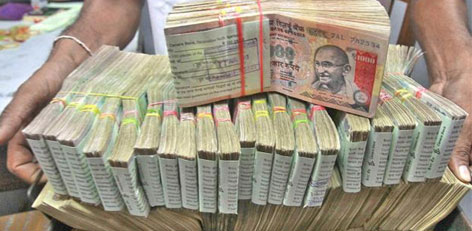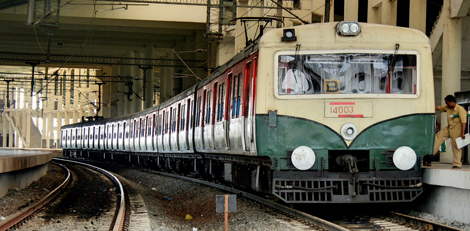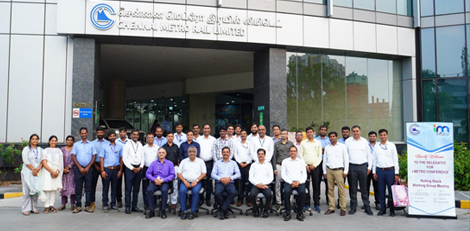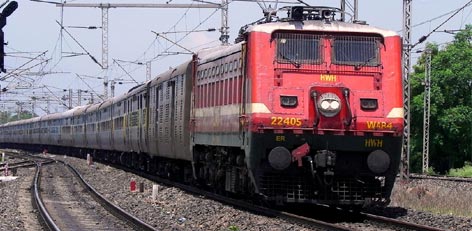Economic Survey: cash shortage will continue for several months
Posted on: 17/Nov/2016 2:36:44 PM

As on 31st March 2016, the number of currency notes issued by the Reserve Bank of India Rs. 500/- currency notes is Rs.1571 Crores. This is 48 percent of the total currency in circulation. The number of Rs. 1000/- currency notes issued by RBI is Rs.633 Crores. This is 39 percent of the total money in circulation. Towards the end of October, this increased by 5.6 percent.
As per this data, the number of currency notes (Rs. 500/- and Rs. 1000/-) declared as invalid on 8th November is Rs. 500/- (Rs.1658 Crores). Rs. 1000/- (Rs. 668 Crores). The total value of this is Rs. 15 Lakh Crores. As this huge amount was declared invalid within a single night, the short term money/cash crisis is inevitable.
The recently released new Rs. 2000/- currency notes are printed in the press in Mysore owned by the Reserve Bank of India. In this press, with the employees working in 2 shifts, a maximum of 133 Crores notes can be printed. So, in order to replace the Rs. 1000/- currency notes declared invalid by Rs. 2000/- currency notes, it will take at least 2 months, that is, up to the 2nd week of December.
Rs. 500/- currency notes are being printed by the Reserve Bank of India in Nasik. Its printing capacity is 100 Crore notes per month. Even if both the presses (Mysore and Nasik) combine to print Rs. 500/- currency notes, it will take until May next year to completely replace the 1658 currency notes of Rs. 500/- which were in circulation.
This clearly explains that the cash/money shortage is likely to continue for several months.This was also lead to an economic crisis. A permanent solution will be on hand only after several months.Whatever be the reasons cited for declaring the currencies as invalid, it is inevitable to avoid the economic crisis.







